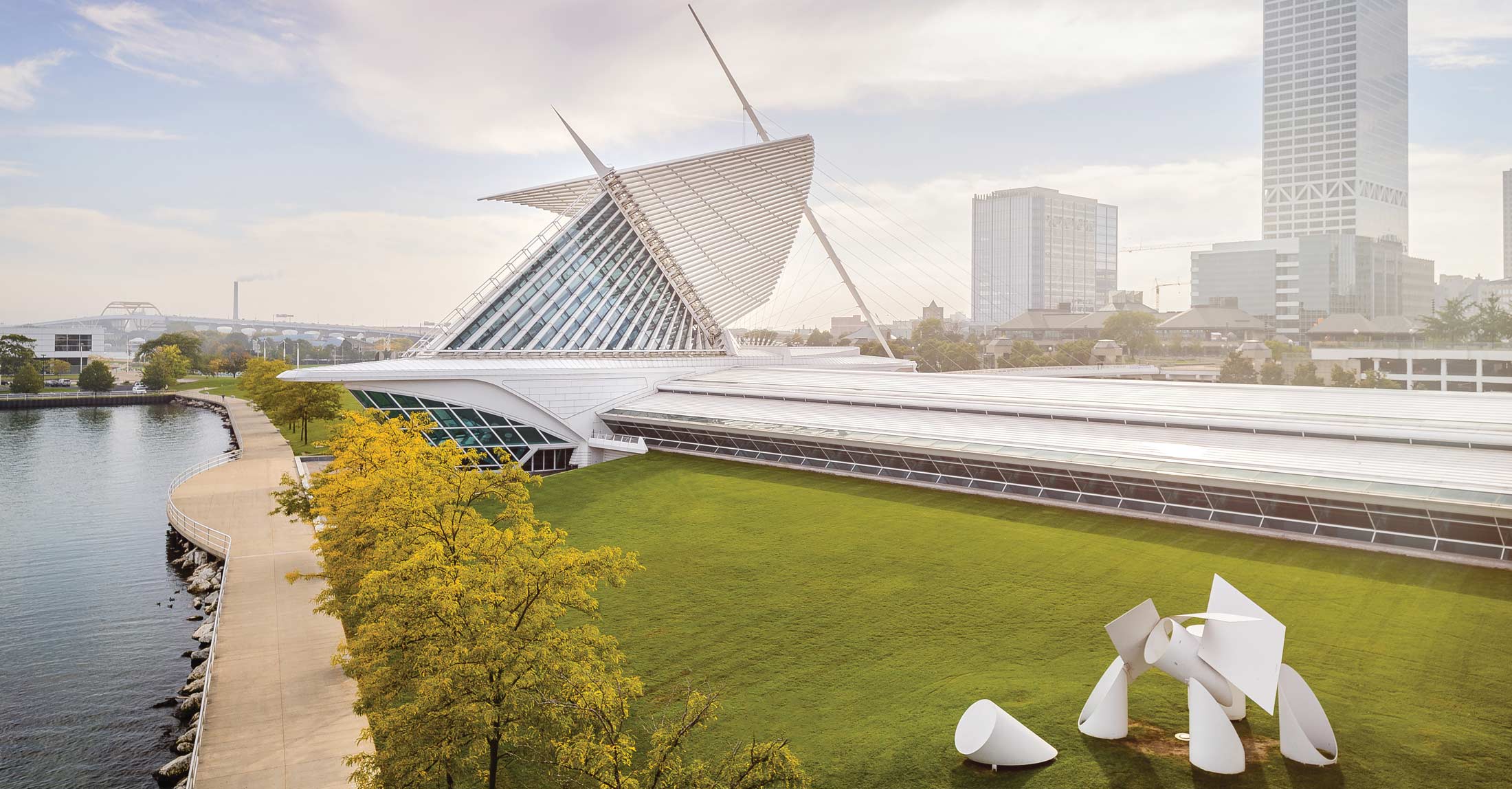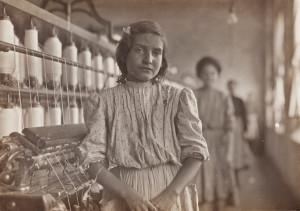
Milwaukee Art Museum to Open Unprecedented Photography and Media Arts Gallery
Herzfeld Center for Photography and Media Arts Makes Milwaukee Hub for Growing Art Field
Milwaukee, Wis.—As part of its November 24, 2015, grand reopening, the Milwaukee Art Museum will debut the new Herzfeld Center for Photography and Media Arts, a 10,000-square-foot space devoted to a global array of photography, film, video installation, and media art. Unparalleled in size and scope for the region, the Center will present the Museum’s rarely seen photography collection of 3,800 works, and will host exhibitions by world-renowned artists working in photography, film, video and digital media. It is funded by a generous gift from long-time supporters, the Herzfeld Foundation.
As the Museum’s first dedicated space for light and media art, and signals both the growing importance of photography and media art as art forms and as a cornerstone of the Museum’s Collections.
“The Herzfeld Center makes Milwaukee the new destination for photography and media art audiences nationwide,” said Lisa Sutcliffe, curator of photography and media arts. “Milwaukee’s photography and film community is a vibrant part of the cultural landscape of the city, and the Museum now reflects these vital art forms.”
Discover what’s New and Noteworthy in the galleries | Browse available images | Reference the fact sheet
The Center’s inaugural exhibition, Light Borne in Darkness, presents highlights from the Museum’s Collection, shown together for the first time. Visitors can discover the history of the medium through its most important masters, including Edward Steichen, whose Pool, Milwaukee (ca. 1899), launched his career as a photographer; Alfred Stieglitz, considered the father of American photography; Wisconsin native and social reformer Lewis Hine; American masters Diane Arbus, Lee Friedlander, Garry Winogrand, and Stephen Shore; iconic works by Walker Evans, Louis Faurer, Robert Frank, and William Klein; and landmark works by Uta Barth, Roni Horn, and Lorna Simpson.
In new media art spaces, Stanley Landsman’s Walk-In Infinity Chamber (1968), an experiential installation and visitor favorite, will be on view adjacent to the newly acquired You and I, Horizontal (II) (2006), by Anthony McCall, an interactive solid light projection.
Planned future exhibitions will feature such luminaries as Dutch photographer Rineke Djikstra—whose portraits of youth and adolescents were the subject of a recent retrospective at the Guggenheim in New York City—and emerging artists such as Penelope Umbrico, who creates cutting-edge work using images found on the Internet.
The Herzfeld Center continues the Museum’s long tradition of being at the forefront of photography and media arts. It presented the first American exhibition of works by artist László Moholy-Nagy in 1931, and as early as 1957—long before most other major American museums collected photographs—made its first acquisition of six photographs by Edward Weston. In 1967, the Museum co-organized Light|Motion|Space with the Walker Art Center of Minneapolis, one of the first exhibitions of new technologies and experimental media in the United States.
Since that time, the Museum’s Collection has grown regularly with gifts and purchases, and now ranges from the earliest nineteenth-century examples of the medium to artists working today.
Beginning in 1985, the Herzfeld Foundation has been integral to the Museum’s development of a rich and vibrant photography program. Richard and Ethel Herzfeld were active in the Milwaukee community, and contributed significant time and resources to enriching the cultural life of the city—Richard was especially drawn to photography’s spirit of innovation, and took a lively interest in the medium. The exhibition and acquisition program at the Museum flourished with their support, building on a strong foundation of important early acquisitions and key donations. The new Center reflects their legacy.
About the Milwaukee Art Museum
Home to a rich collection of over 30,000 works of art, the Milwaukee Art Museum is located on the shore of Lake Michigan. Its campus includes the Santiago Calatrava–designed Quadracci Pavilion, annually showcasing three feature exhibitions, and the Eero Saarinen–designed Milwaukee County War Memorial Center.
With a history dating back to 1888, the Milwaukee Art Museum’s Collection includes nearly 30,000 works from antiquity to the present, encompassing painting, drawing, sculpture, decorative arts, prints, video art and installations, and textiles. The Museum’s collections of American decorative arts, German Expressionist prints and paintings, 19th-century German painting and decorative arts, folk and Haitian art, and American art after 1960 are among the nation’s finest. It also holds one of the nation’s largest collections of paintings by Georgia O’Keeffe. Among its most famous works are Pablo Picasso’s The Cock of the Liberation and Gustave Caillebotte’s Boating on the Yerres.
###

